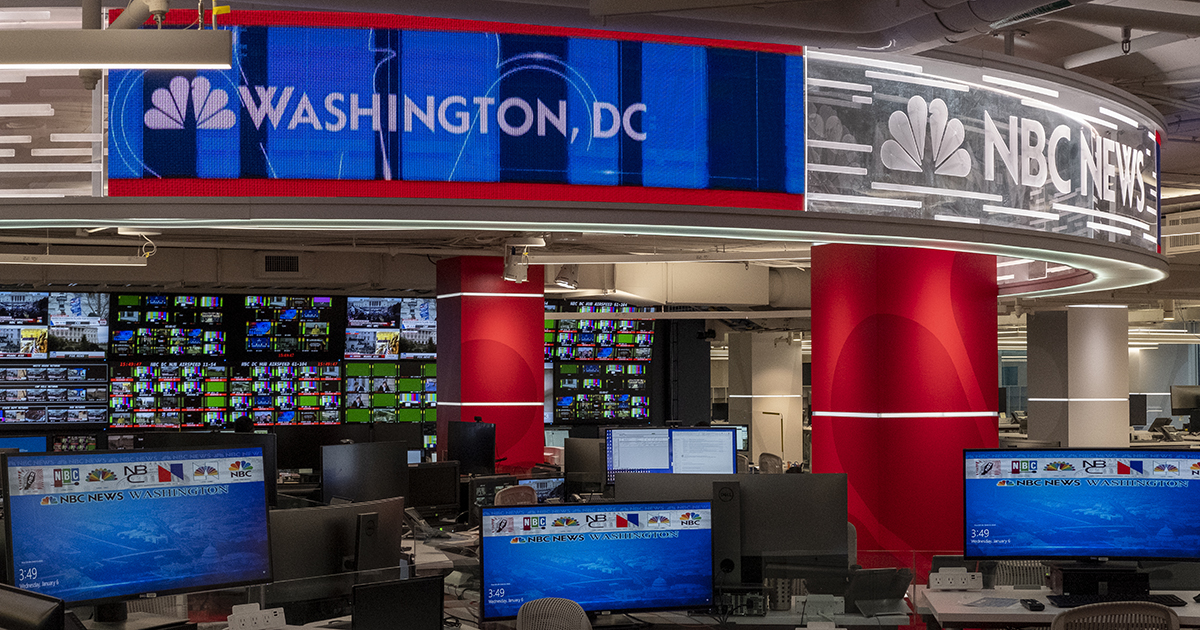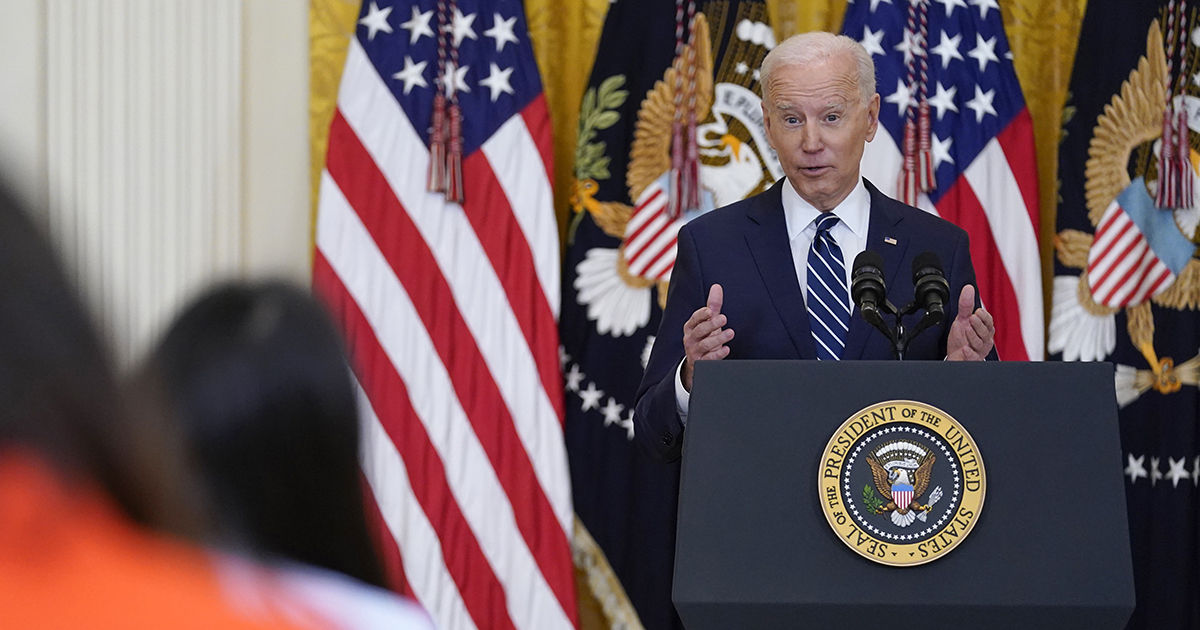
Broadcast journalists play an essential role in documenting pivotal moments in American history from the front lines. That has never been more important than during the past year.
A seasoned group of White House reporters sat down with NAB president and CEO Gordon Smith during the 2021 NAB State Leadership Conference to discuss similarities and differences between the Trump and Biden administrations’ relationship with the press, the effects of the COVID pandemic on White House news coverage, the role of the daily press briefing, and the challenges of the 24/7 news cycle.
The session, “Voices From the Field: Covering the Biden White House,” included ABC News Washington correspondent Karen Travers, CBS News Radio White House correspondent Steven Portnoy, and NBC News Digital senior White House reporter Shannon Pettypiece.
COVID presented a number of challenges for the White House press corps, Travers and Portnoy acknowledged, such as limiting the number of reporters allowed in the briefing room.
“When it comes to COVID — It has completely changed the way every broadcaster does his or her work, mainly from home,” Portnoy said, adding, “I’m speaking to you from my home studio that I’ve set up.”
Noting that both he and Travers serve on the board of the White House Correspondents Association, Portnoy said COVID has completely changed the ways reporters at the White House interact with the President and the press secretary:
“We had to, on our own, in the heat of it, at the start of the COVID pandemic with Donald Trump as president, and at that point, he had yet to appoint Kayleigh McEnany as his press secretary, we had to instill our own social distancing rules. Typically, you have 49 reporters sitting in the seats, seven rows, seven seats. That space, which is roughly the size of a three-lane lap swimming pool that was installed by FDR, they put the briefing room on top of it; Reagan put in the seats in 1981. What we had to do was figure out a way to at first kind of half the number of reporters would be sitting in those seats, and then cut it even further.
“When we believed we had a scare in our press report, then we started wearing masks. One of the things we’ve had to do is develop these rotations, where we essentially have close to 90 different news organizations sharing those 14 seats rotating on a daily basis. It’s taken a tremendous amount of time, but it’s been particularly important to make sure that we have a press corps that is representative of the public, and is there each day that there is a briefing to ask questions that that are on the public’s mind.”
Pettypiece pointed out that she has only been to the White House once during the Biden administration, not only because of the restrictions the new administration had put in place, but also because of safety restrictions established by NBC. “We have done lots and lots of Zoom background polls, but I have physically only been in the building once in the past 100 days almost,” she said, adding her recollection of one of her final days in the White House during the Trump administration:
“One of the last times I remember being in the White House, I had an N-95 mask on. It was the day the President was being helicoptered off to Walter Reed. So, peak height COVID concerns; and I remember I went up to the press office, the press secretary’s office, the staffers were all crammed in there, some of them had their masks pulled down around their chin, and they came out and there was one official there I was trying to talk to who didn’t have a mask on and I remember thinking like, ‘Oh my god, like what, you know, what am I doing?’ It’s been a drastic change.”
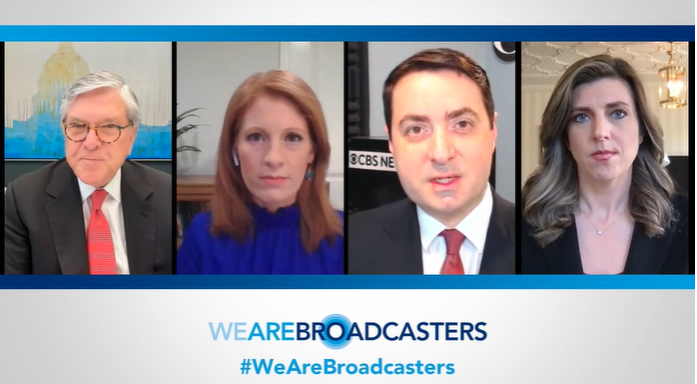
For Travers, one of the stark differences in reporting on COVID was that it was happening everywhere, simultaneously:
“One thing that’s so interesting is that when you look at a story like this that has lasted for more than a year — as reporters, we’ve covered natural disasters, we’ve covered tragedies, shootings, and horrible events. For a lot of that, you go to the place where it happens, and you interview people in the community, and then you go back to your community, and it impacts a particular area or group of people. This has been such an incredible story where everybody on the planet has been impacted in some way.”
Reporters covering a story they are also living through demands a different approach to the work, including occasionally “taking a step back,” Travers said:
“I find myself having to take a step back when I’m doing stories about school reopening or anything involving kids, because I have three young kids at home for a year doing school, and making sure that you’re asking the right questions and channeling what your friends and family and neighbors are all worried about, but still doing that from that journalistic way and not letting it be about my story, but you want to get answers. So, I think it’s been so it’s just been so profound to cover a story like this, which is touching every aspect of global life. There’s nobody that can say they weren’t impacted by it, and that’s so rare for a story as a journalist, to be able to dive into something like this over the past year.”
Travers was also struck by the way her colleagues across the industry faced the myriad challenges brought on by the global pandemic. “We’ve been so incredibly creative in the last year,” she said:
“If you had told all of us 15 months ago that we’d be doing this conversation from our home studios through a computer set up. It was always such a challenge to do an interview, via Skype or anything like that. We were concerned about the audio and the video and all of that. But, we figured it out as an industry. We’ve done so many creative things that I think are going to make our business so much better in the coming years. You can talk to more people in far, remote locations; voices that would never have been able to make air because they didn’t know how to get on air, we can d it. We can do it through our phones, we can do it with our computer screens, and I hope that opens up coverage for us and for the American people that we can tell stories that we wouldn’t have told before, and tell them in a very different and creative way.”
Asked to reflect on what the January 6th insurrection on the US Capitol meant to them, the panelists were equally struck by the horror of the day. “Just as a reporter, I wasn’t directly involved in the events that happened on January 6, and that day still gives me PTSD,” said Pettypiece.
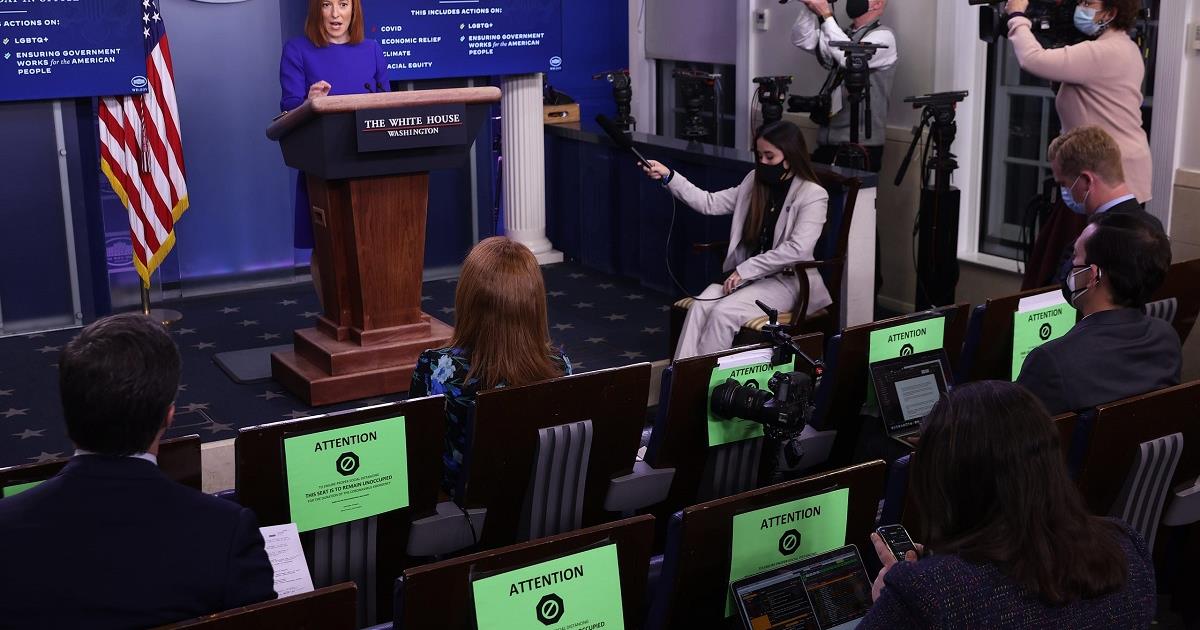
“it was just an awful day,” Portnoy added. “The reason why we in the press keep talking about it, while politicians here in Washington keep talking about is because it was one of the worst days in the history of our country, and we can’t forget, we can’t let it go. I was on the air on our CBS Radio Network for eight hours broadcasting live coverage of what I called on the air ‘a gang of marauders’ overtaking the U.S. Capitol in a scene that is reminiscent of perhaps some of the darker scenes in the 19th century.”
Travers recounted how she had been working from home on January 6, broadcasting for roughly eight hours as events unfolded:
“As you’re doing that reporting, as you’re checking in with sources and trying to get more information on the ground, color of what’s happening, there’s also just that horrible feeling in your stomach about your colleagues that are out there, and you’re hearing them in your ear, reporting live from the Capitol through radio, or you’re seeing them on your television, and just very worried about what they’re going through as they’re trying to do their best reporting and get information out to the American people, but also under potentially grave danger to themselves.
“So, I give such an incredible tribute and shout out to all the colleagues of ours, of all the networks and newspapers, everybody that was up there that day, for keeping their heads down and doing their work. It was just amazing.”
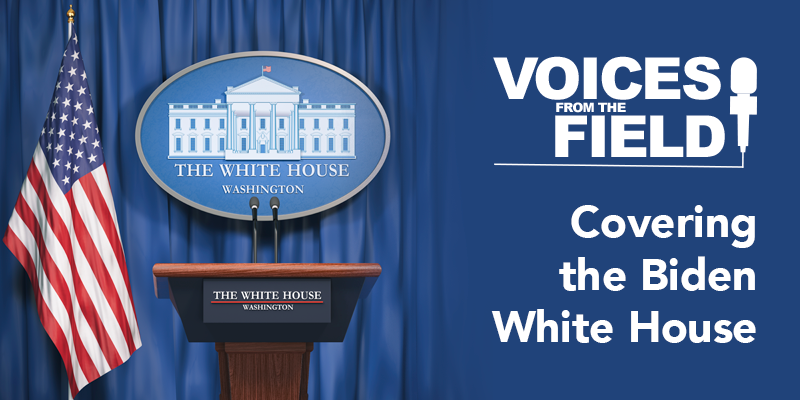
Want more? Explore more of NAB’s We Are Broadcasters: Voices From the Field series, showcasing local broadcasters from around the country with their stories about how they’ve been able to serve their communities.
This session is a follow-up to the 2019 NAB Show session titled “Beyond the Briefing Room: Tales From the White House Beat,” viewable below:




